Ploiești is the municipality of residence of Prahova County, Muntenia, Romania. It is located 60 km north of Bucharest, on the coordinates of 26 ° 1'48 "east longitude and 44 ° 56'24" north latitude and has an area of almost 60 km². It is surrounded by the communes of Blejoi (north), Târgșoru Vechi (west), Bărcănești, Brazi (south) and Bucov (east).
The city grew since the 17th century, on an estate bought by Mihai Viteazul from the elders who owned it, gradually taking the place of the old Wallachian fairs Târgșor, Gherghița and Bucov as a regional center of the area, its evolution being accelerated by industrialization especially after the massive exploitation of oil deposits in the area and in the city, large refining facilities appeared, which brought it the nickname of "the capital of black gold". Furthermore, its economic activity is based on oil processing, the city having four large refineries, but also other industries related to this branch (machine construction, electrical equipment, maintenance).
The municipality of Ploiești is located near the Dealu Mare-Valea Călugărească wine region and has direct access to the Prahova Valley, the most important alpine tourism area in Romania. Ploiești is an important transport hub, located on the roads that connect the capital Bucharest with Transylvania and Moldova.
Points of atractions- Tourist objectives
Museums:
"Nicolae Simache" Clock Museum
The “Nicolae Simache” Clock Museum is a county museum in Ploiești, Romania. Organized on the initiative of Professor NI Simache, as a section of the History Museum, it dates from 1963. It was first installed in a room in the Palace of Culture, until, through acquisitions, it acquired a heritage so rich that it needed a local of its own. The Luca Elefterescu House was then made available to him, which was adapted to the new purpose; the landscaping work was completed in 1971 and the museum opened in January 1972.
Today, the museum has a collection of almost 1000 pieces (only partially exposed), including: sundial, pendulum built of wood in 1634, clock set in motion by a waterfall (London, 1654), the first clock pocket watch ("Nuremberg egg"), tower clocks, a piece from 1693 (made by the watchmaker Ralf Gout), a wristwatch built in the same year by Courvoisier (with the effigy of Louis XIV), pieces made by craftsmen londonezi Georg Prior, Edward Prior, Th. Whit, George Clarke, Markwich, Markham, Jo Wightmann, Van Laure, French watchmakers (Benjamin Balber, George Charle, Meuron), Austrians (Philipp Ia-cob, Beyr) or Swiss (Pres Vaucher, A. Hess). You can see watches with musical mechanisms that sing Marseilleza, Wake up, Romanian !, Strauss's waltzes. There are watches that belonged to personalities (Constantin Brâncoveanu, Al. I. Cuza, Mihail Kogălniceanu, Cezar Bolliac, BP Hasdeu, Theodor Aman, IL Caragiale, Duiliu Zamfirescu, Ioan A. Bassarabescu, etc.), fun watches (of the miller, blacksmith, barber, cat, etc.), clocks with various indications outside the hours, as well as other objects related to the topic.
Historic buildings and areas
Palace of Culture
Palace of Culture in Ploiești is a monumental construction, made in French neoclassical style, built on the documentation of architects Ernest Doneaud, Romanian architect, of French origin, and Toma T. Socolescu, to serve as the Palace of Justice.
The works started in 1906, but were interrupted very soon, due to the events that left in the budget of the Ministry of Justice only too small amounts. The works resumed in force in 1924. Ernest Doneaud was not here for a long time, but Toma T. Socolescu, who had assisted him in his work, now an architect, knew the projects well and even had the author's approval for some modifications. Although the work required a huge amount of work and very high expenses, it progressed at a fast pace and, in general, by 1930, at the beginning of the crisis, it was finished. In the following years, with all the austerity, the money needed for finishes, installations and furniture was found. Those underground tunnels in the Palace are meant to house judicial staff
The building was inaugurated on November 26, 1933. The one who cut the ribbon and delivered the inaugural speech was King Carol II of Romania. Among other things, he said: "Inaugurating today this beautiful place, which is an adornment of Ploiești, I am happy that those who have the call to share justice will take refuge in it ...".
The building, which initially functioned as the Palace of Justice, later became the Palace of Culture. It has a basement, ground floor, the 1st floor higher and the 2nd floor lower, the main entrance on the south side being at the level of the first floor, being flanked by massive columns. The entrance hall is huge; the interior lit by the ceiling, rises on two levels, having in its composition the Hall "Lost Steps" or the Hall of Columns and Meeting Rooms - the Hall of the Great Union. After 1951 the building was assigned to the Ploieștean Cultural Complex.
Affected by the 1977 earthquake, the building was partially renovated, currently housing the Nicolae Iorga County Library, the Prahova County Museum of Natural Sciences with the sections of the Museum of Man and the Aquarium and the Prahova County Culture Center..
St. John the Baptist Cathedral
St. John the Baptist Cathedral, located on Republic Boulevard no. 12, is the most imposing church in Ploiești and one of the main architectural landmarks of the municipality. The bell tower of the cathedral is on the list of historical monuments in Prahova County.
In the years 1810-1811, a modest wooden church was built on the western outskirts of the city, dedicated to Saint John. Some sources claim that the church was built by Bulgarian refugees who lived in the St. John's slum. Over time, the wooden church began to deteriorate, and the inhabitants of the slum, Orthodox of Romanian, Bulgarian, Greek or Serbian ethnicity, collected money and built, between 1841 and 1842, a new church, made of brick, but on a structure of wood.
In the interwar period, the idea of building a monumental bell tower for the Church of St. John the Baptist appeared, as a monument erected in memory of the Romanian heroes who fell in the First World War. It has been suggested that in the future the church be replaced with a real cathedral. The cornerstone was laid by Crown Prince Carol, the future King Carol II. The construction was also attended by soldiers of the 32nd Mircea Regiment from Ploiești, and the materials used were brought from places where battles were fought during the war: stone blocks from Oituz, brick from Marasesti, gravel from Doaga and Șușiței Valley. The works were completed on May 10, 1939. The raised bell tower is a massive construction, and the works were carried out on an area of 220 meters. The foundation has a depth of 4 m, the main tower is 55 meters high (according to other sources 59 or 60 meters ), and the other two towers are 28 meters high.
Places for relaxation and fun
Church of the Holy Emperors
In the immediate vicinity of Ploiesti city center, located between Tache Ionescu, IL Caragiale and Marasesti streets, rises the Church of the Holy Emperors dedicated to the Holy Emperors Constantine and Helen, one of the most important in Ploiesti, with the proportions of a cathedral and an appearance that tries to it imitates that of the Curtea de Arges Monastery.
Located in the center of Ploiesti, on Ion Luca Caragiale Street no. 9, the church was built in the late nineteenth century on the site of two other old churches and was renovated in 1941, after being severely damaged by an earthquake.
The church produces a strong impression through its monumentality, but also through the richness and color palette of Byzantine style painting, which fascinates everyone.
Four impressive columns support the open porch of the church, richly ornamented in paintings, which now, in the middle of spring, were adorned with hanging flowers. Its interior is rich in golden stuccos that accentuate the richness of the paintings, culminating with the altar and the iconostasis, of an overwhelming beauty.
House of Culture of the Trade Unions
House of Culture of the Trade Unions was built in 1968, according to the plans of the architect Gheorghe Dorin by T.C.M. Prahova, and ended in 1972. It has hosted numerous political or cultural meetings, symposia and conferences, performances, sponsors the folk ensemble "Chindia", the Plastic Cenacle "Pastel", activated the Choir "Ioan Cristu Danielescu", literary circles, ballet and so on
It is a modern construction, characterized by simplicity and designed horizontally; it impresses with its vast, all-glass façade, separated by a row of large white boxes, in two unequal registers. On the left, the façade is bordered by a large white wall, which recedes curved and grooved, and on the right by two overlapping parallelepiped bodies. The wide stairs and the wide concrete canopy, as well as the front esplanade complete the ensemble, today largely blurred by the much taller buildings around.
The interior has two large halls, an elegant performance hall with 600 seats, a conference room with 200 seats, locker rooms, a gym in the basement, rooms for circles and bands, a library, a hall for the bar.
2007 marked the 35th anniversary of its inauguration.
Independence Boulevard
Independence Boulevard, also known as Castanilor Boulevard, is one of the most important boulevards in Ploiești, being the main artery that connects the city center (Victoria Square) with its southern part (December 1, 1918 Square).
After the construction of the South Railway Station, the Ploieşti authorities had to build a boulevard to connect it with the city center. In 1871, the mayor Ioan Philiu formed a commission that was to decide the route of the new artery and in January 1872 the members of the respective commission established where the boulevard will pass. The new boulevard was to start in front of the South Station and reach the city center, with two roundabouts, later called "La Eliseu" (the one from the station) and "La Statuie" (the one from the center). Independence Boulevard was completed during the mayors C. T. Grigorescu (1877-1883) and Radu Stanian (1883-1888).
At first, the street was paved with cubic stone. Chestnuts were planted on the side of the street, gas lanterns were installed, and in 1897, on the roundabout from the center, the Hunters' Monument was located, which is currently in December 1, 1918 Square. The boulevard was one of the first electrically lit streets.
In 1906, the royal family arrived in Ploiești, and a tribune was installed on the boulevard from where King Carol I admired the military parade, including the 4th Roșiori Regiment, led by the future Queen Maria.
I will come with additions along the way, and I invite you to make a visit to Ploiești.
Any upload of these photos is prohibited without citing the source.
You
can take a maximum of 500 characters from this article, the condition
is to specify and visibly insert the link of the article.

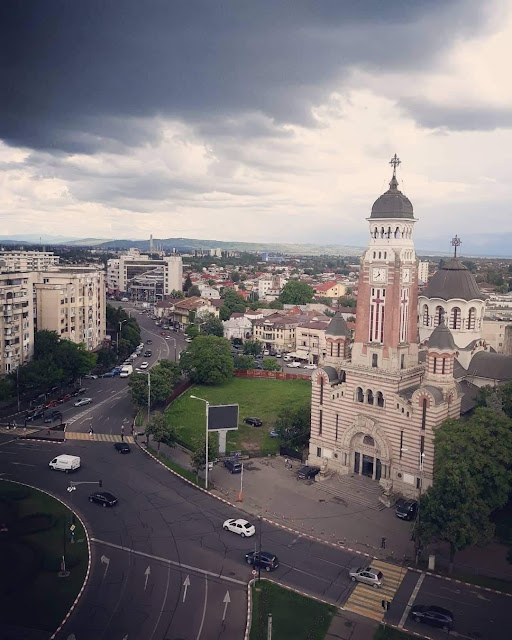

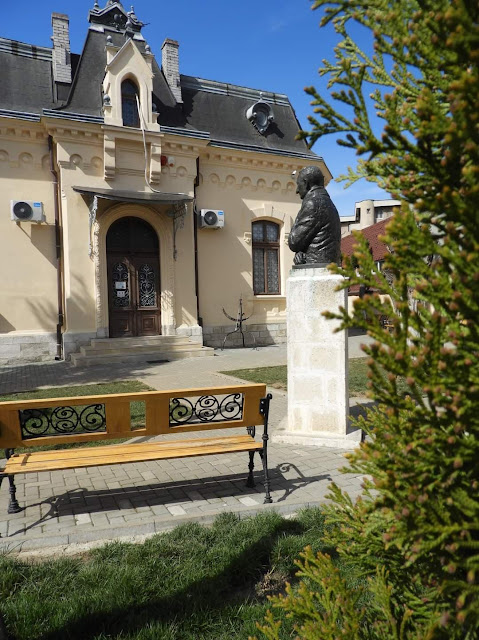
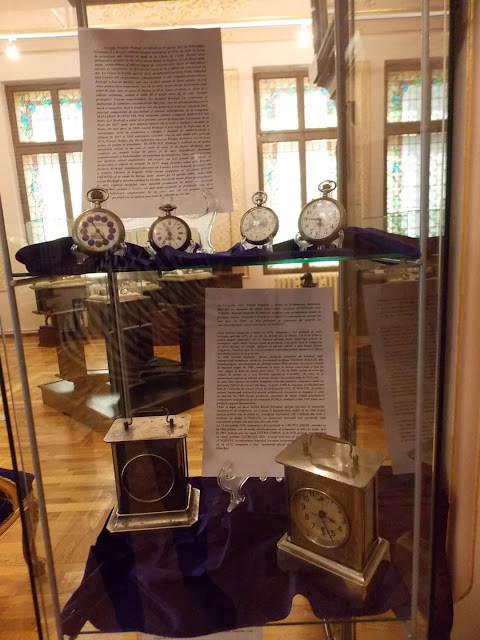
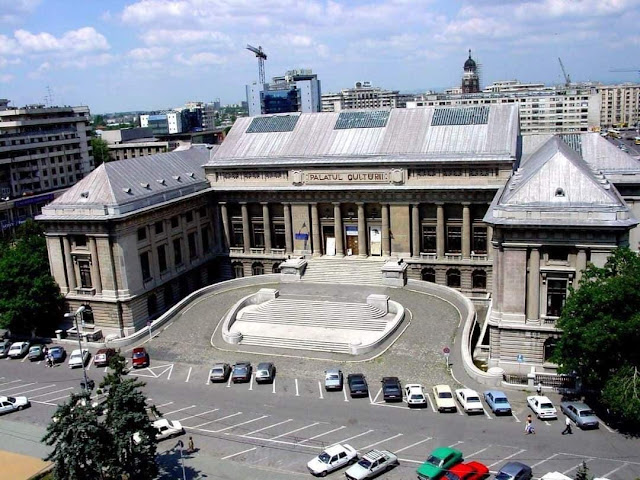
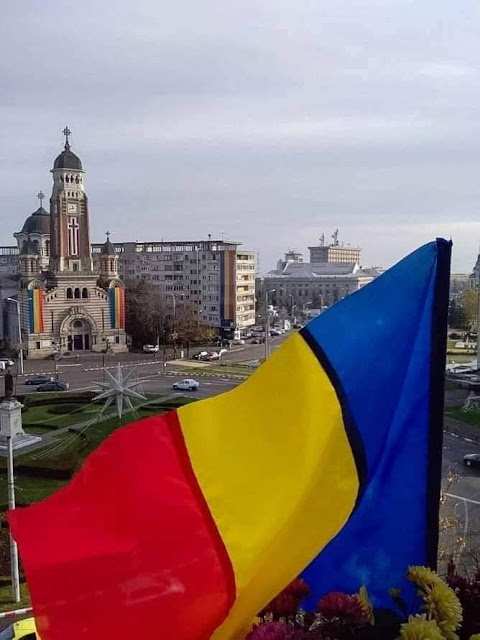
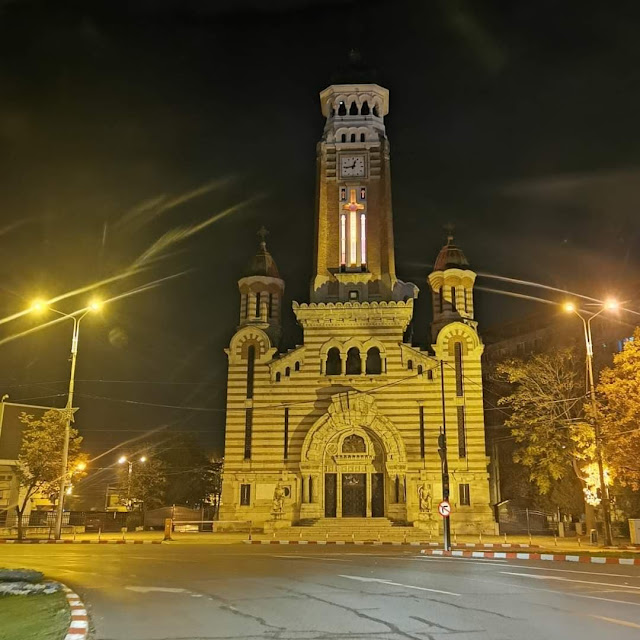

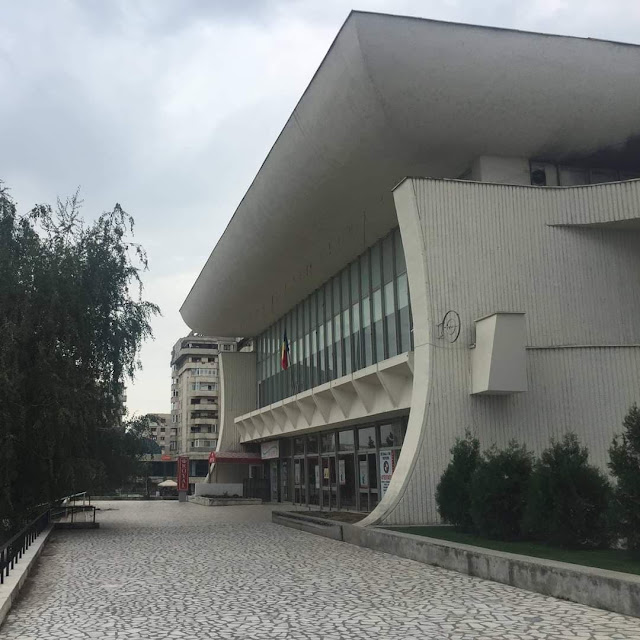

Comments
Post a Comment